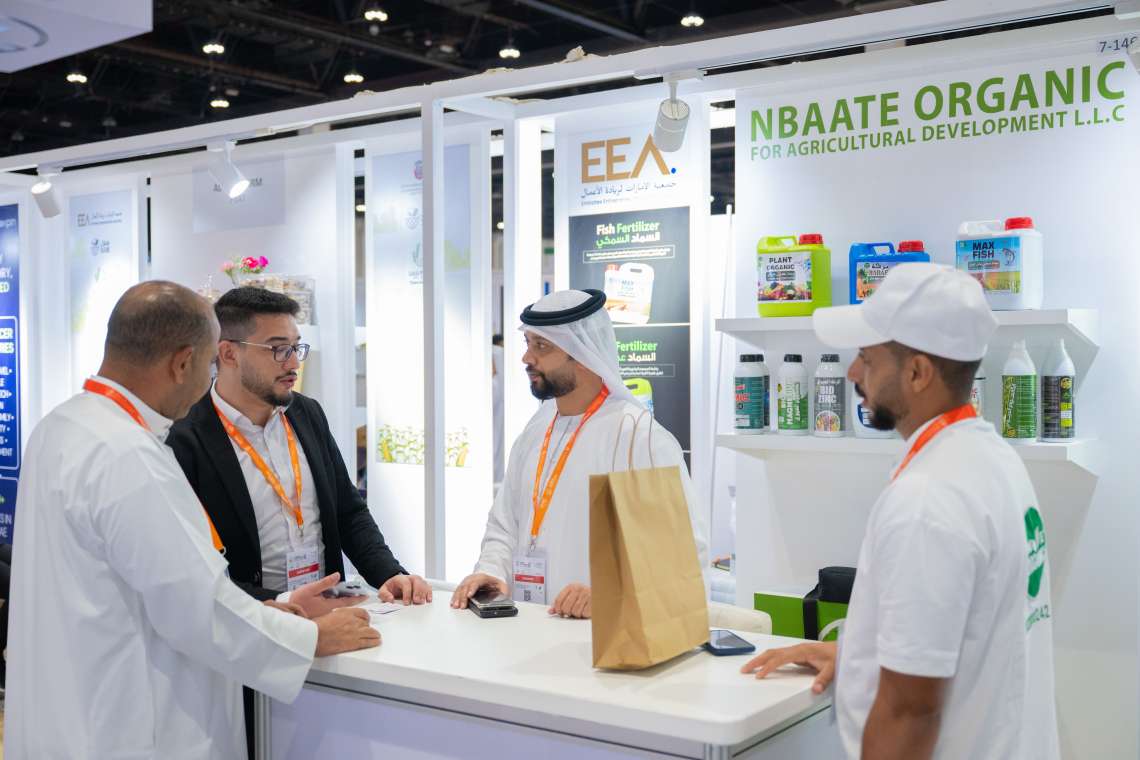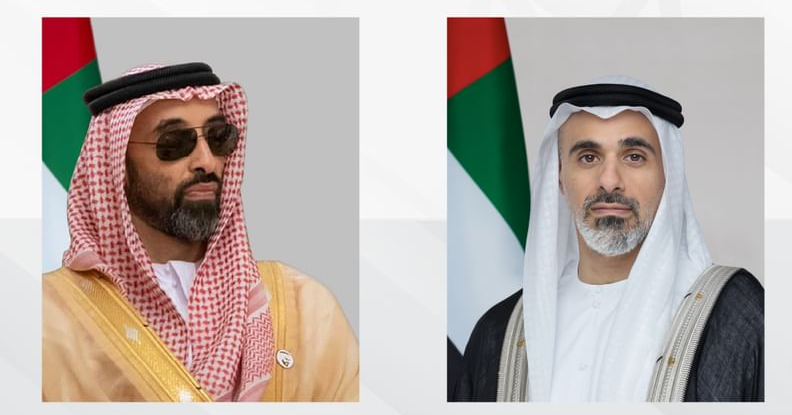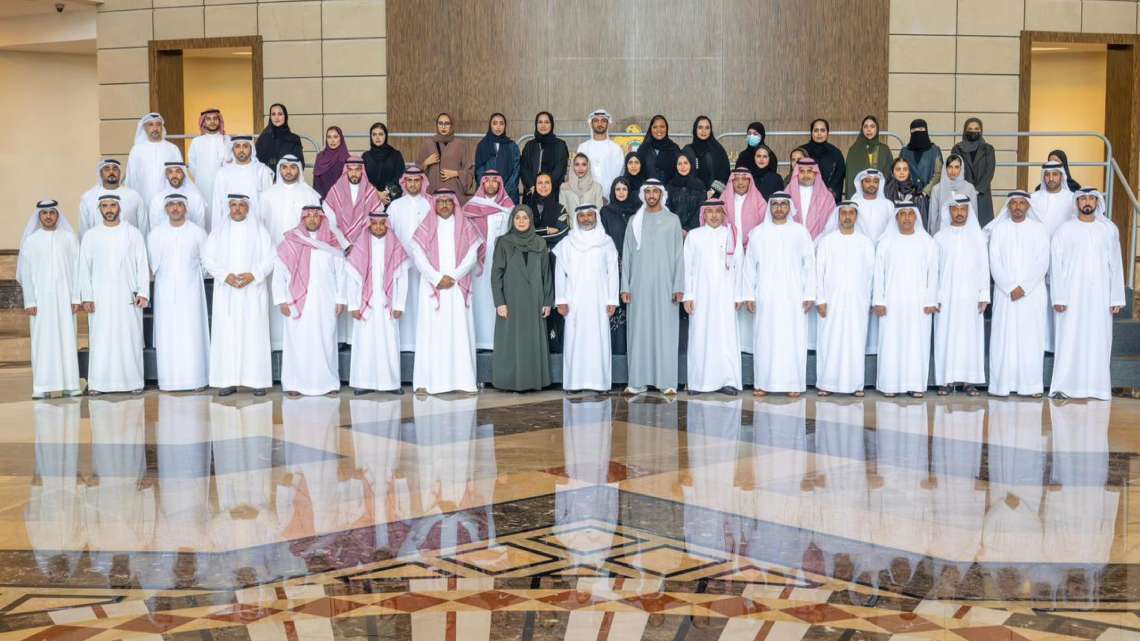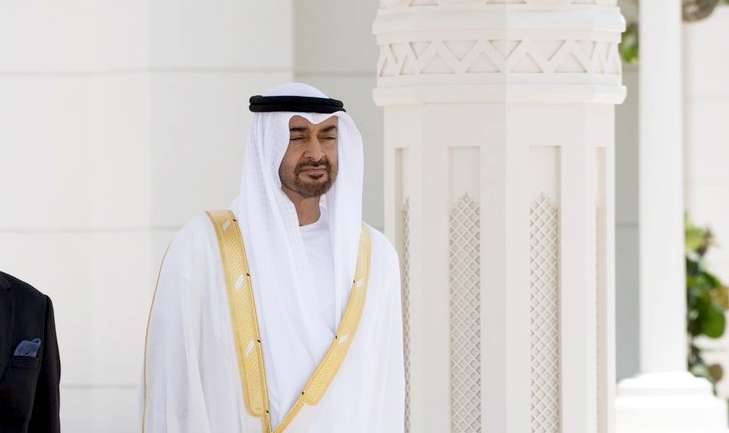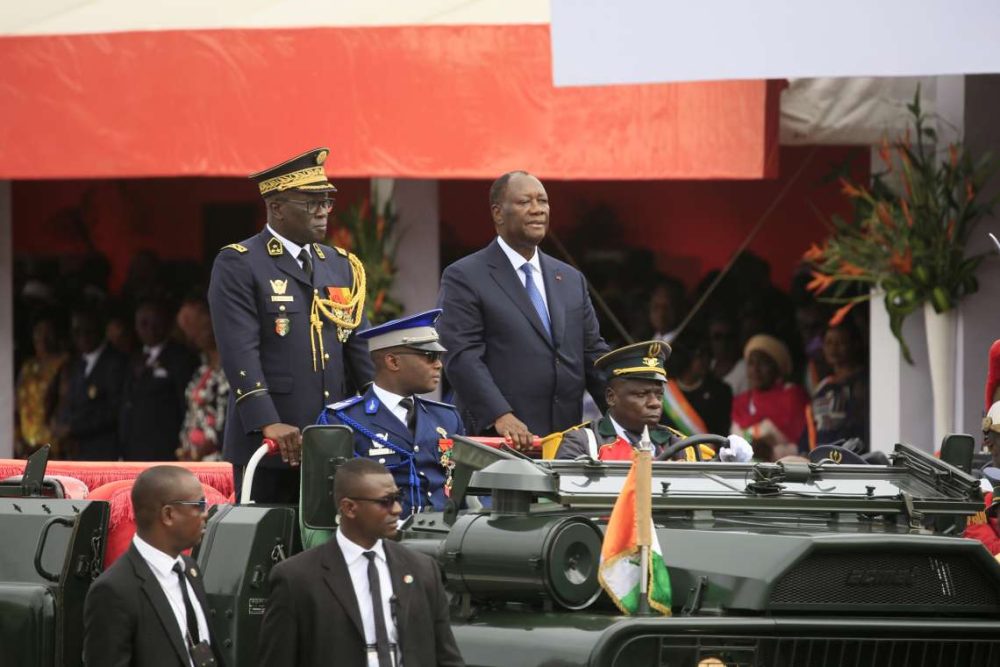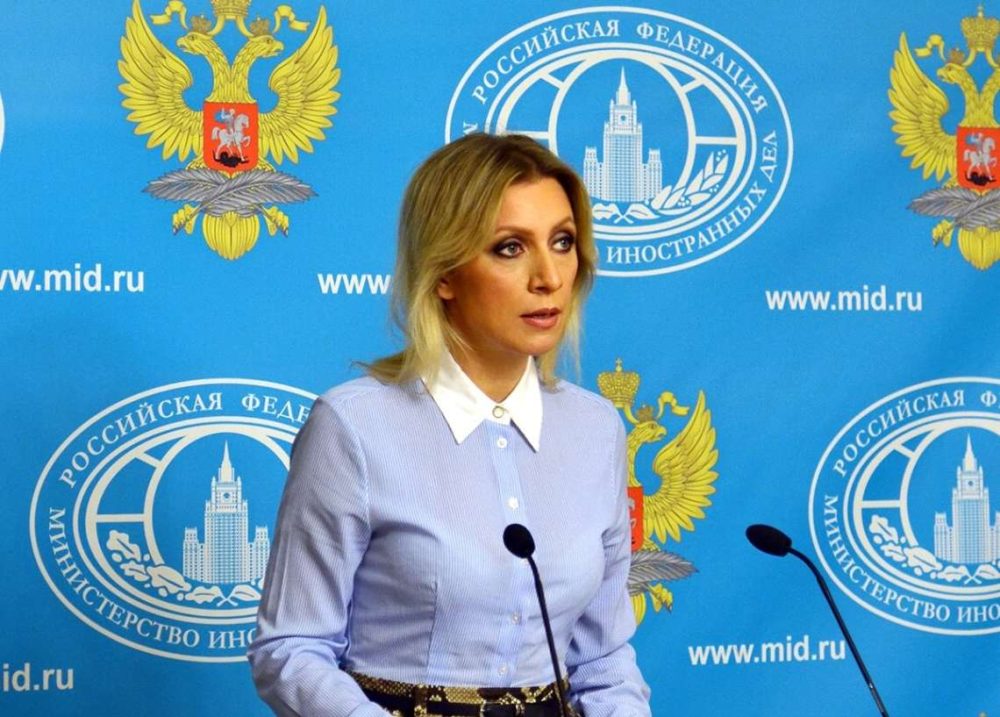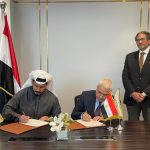The Emirate of Ras Al Khaimah has seen a 14 percent increase in non-oil foreign trade in 2021, surging from AED 14.78 billion in 2020 to AED 16.83 billion in 2021, according to the RAK Centre for Statistics and Studies…reports Asian Lite News
Exports accounted for the largest portion of the emirate’s total non-oil foreign trade, reaching 57 percent, at AED 9.539 billion compared to 2020, followed by imports, which accounted for 35 percent of the total, amounting to AED 5.97 billion, compared to AED 5.36 billion in 2020, followed by re-exports at 8 percent of the total.
Asian non-Arab countries were ranked first in terms of trade exchange volume in 2021, with their total reaching AED 6.25 billion (36 percent of the emirate’s total trade volume), followed by GCC countries in second place with AED 2.98 billion (18 percent), then Europe with AED 2.49 billion (15 percent), Arab countries with AED 2.14 billion (13 percent), the Americas with AED 1.24 billion (7.35 percent), and finally African non-Arab countries with AED 1.21 billion (7 percent).
Earlier, the Central Bank of the United Arab Emirates (CBUAE) has revised up its projections for the country’s real Gross Domestic Product (GDP) growth, which is expected to reach 4.2 percent in 2023, compared with its previous forecast of 3.3 percent.
In its Annual Report for 2021, the CBUAE estimated the non-oil GDP growth to reach 3.9 percent in 2023, compared with previous estimates of 3.3 percent, while the oil GDP growth will reach 5 percent in 2023, compared with earlier estimates of 3.4 percent.
ALSO READ:UAE pledges $2B for food parks in India
The CBUAE has projected the real GDP growth to reach 5.4 percent in 2022, after the growth jumped to 3.8 percent in 2021.
The non-oil GDP growth rose to 5.3 percent in 2021, and is expected to reach 4.3 percent in 2022, in light of sustainable government spending, positive outlook for loan growth and the improvement in business sentiment, according to the estimates of the central bank.
The oil GDP growth is anticipated to grow 8 percent in 2022, due to the expected recovery in global demand, as well as the recovery of the transport and travel sector, and production increase of OPEC member countries.



